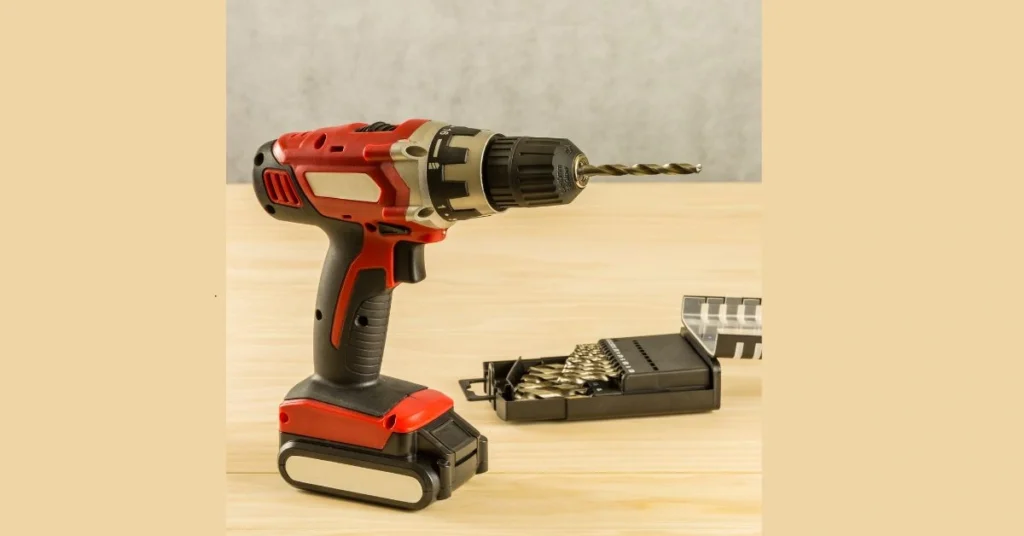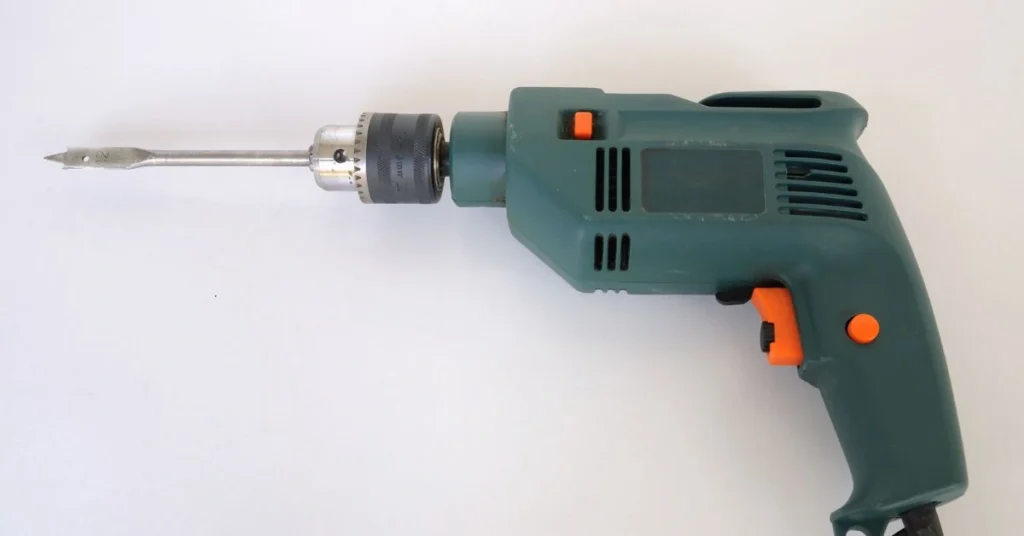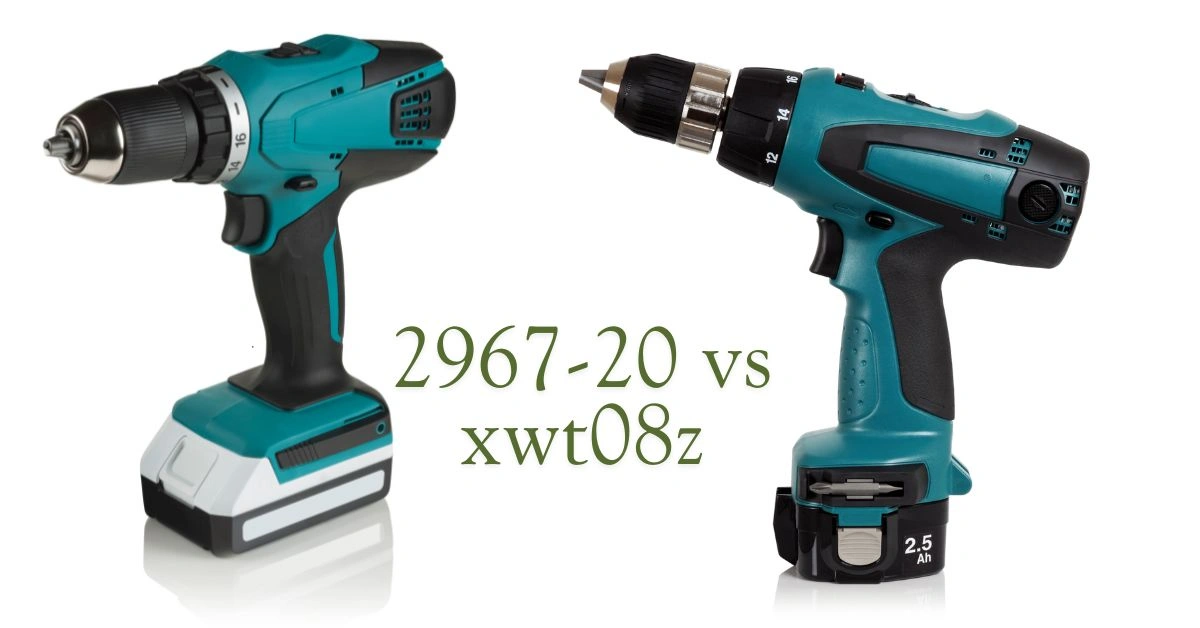2967-20 vs XWT08Z: Impact Wrench Showdown
Impact wrenches are essential tools for mechanics, contractors, and DIYers. They help loosen and tighten bolts quickly, making tough jobs easier. Choosing the right one can save time and effort.
Two popular models on the market are the Milwaukee 2967-20 impact wrench and the Makita XWT08Z impact wrench. Both are cordless, high torque impact wrenches designed for demanding tasks. Each offers unique features, strengths, and limitations.
The Milwaukee M18 tool is known for its impressive torque output and advanced motor technology. It delivers industry-leading power, making it a favorite for professionals. Milwaukee tools are also famous for impact wrench durability and battery efficiency.
The Makita LXT tool is another solid choice, offering reliable performance with a focus on smooth operation. It has a strong reputation for ergonomic power tools, precision, and consistent torque delivery. Makita tools are often praised for their build quality and compact impact wrench design.
Torque, speed, and battery life are major factors when comparing these two models. While both tools are powerful, they cater to slightly different users. The right choice depends on the specific tasks and user preferences.
This cordless impact wrench comparison will break down power, ergonomics, battery life, and overall value. Understanding these aspects will help buyers make an informed decision. Whether you need extreme power or balanced performance, this guide will clarify which tool suits your needs best.
| Aspect | Milwaukee 2967-20 | Makita XWT08Z |
|---|
| Torque Output | 1,100 ft-lbs (Fastening), 1,500 ft-lbs (Nut-Busting) | 740 ft-lbs (Fastening), 1,180 ft-lbs (Nut-Busting) |
| No-Load Speed | Up to 1,750 RPM | Up to 1,800 RPM |
| Impacts Per Minute (IPM) | Up to 2,100 IPM | Up to 2,200 IPM |
| Motor Technology | POWERSTATE™ Brushless Motor | BL™ Brushless Motor |
| Efficiency Focus | Maximum power & durability | Smooth operation & consistent torque |
| Battery System | M18 REDLITHIUM™ | 18V LXT® Lithium-Ion |
| Battery Runtime | Optimized for extended use | Charges faster for quick turnaround |
| Durability | High-impact resistance, built for extreme tasks | Compact design with strong build quality |
| Best For | Heavy-duty applications (construction, industrial, automotive) | Balanced performance with ergonomic design |
| Ergonomics | Designed for power and endurance | Compact and smooth operation |
| Charging Speed | Slower compared to Makita | Faster charging |
| Suitability for Professionals | Excellent for heavy-duty and long-term use | Great for frequent use with focus on comfort |
Power & Performance

Power and performance are the most important factors when choosing an impact wrench. The right tool should deliver enough torque and speed to handle tough jobs. Let’s compare how these two professional impact wrenches perform in real-world applications.
Torque Output: Which One Packs More Power?
Torque determines how much force an automotive impact wrench applies to a bolt or nut. Higher torque means better performance on rusted or high-tension fasteners.
- Milwaukee 2967-20 impact wrench:
- Fastening Torque: 1,100 ft-lbs
- Nut-Busting Torque: 1,500 ft-lbs
- Makita XWT08Z impact wrench:
- Fastening Torque: 740 ft-lbs
- Nut-Busting Torque: 1,180 ft-lbs
Milwaukee clearly has a power advantage. It is better suited for heavy-duty impact wrench applications like construction impact wrench tasks, automotive repair, and industrial work. The Makita tool still delivers strong performance but is slightly less powerful.
Speed & Impacts Per Minute (IPM): Which Works Faster?
Speed and IPM affect how quickly the tool completes a task. Faster tools reduce work time and increase efficiency.
- Milwaukee model:
- No-Load Speed: Up to 1,750 RPM
- Impacts Per Minute: Up to 2,100 IPM
- Makita alternative:
- No-Load Speed: Up to 1,800 RPM
- Impacts Per Minute: Up to 2,200 IPM
Makita has slightly higher speed and IPM. This means it delivers more frequent blows, which can help in some applications. However, Milwaukee’s higher torque makes up for the difference in speed.
Motor Technology: Brushless Efficiency
Both models use brushless motor impact wrench technology, which provides better efficiency and longer lifespan. Brushless motors reduce heat, extend battery life, and require less maintenance.
- Milwaukee 2967-20 impact wrench:
- Uses POWERSTATE™ brushless motor for maximum power and durability.
- Works efficiently even under heavy loads.
- Makita XWT08Z impact wrench:
- Uses BL™ brushless motor for smooth operation and consistent torque.
- Reduces energy loss for better battery performance.
Both brands offer high-quality motors, but Milwaukee focuses on raw power, while Makita prioritizes smooth performance. This makes Milwaukee better for extreme tasks and Makita ideal for variable speed impact wrench users.
Verdict: Which One Wins in Power & Performance?
If you need the strongest impact wrench for mechanics, the Milwaukee model is the better choice. It delivers more torque and handles the toughest bolts with ease. If you want slightly faster speed and a smoother experience, the Makita alternative is a great option.
Battery Life & Durability

Battery life and durability determine how long your tool will last. A good battery keeps the tool running longer, while strong materials protect it from damage. Let’s compare these two models.
Which System is More Reliable?
- Milwaukee 2967-20 impact wrench: Uses M18 REDLITHIUM™ batteries.
- Makita XWT08Z impact wrench: Uses 18V LXT® lithium-ion batteries.
Both battery systems are reliable and long-lasting. Your choice may depend on whether you already own Milwaukee M18 tools or Makita LXT tools.
Which One Lasts Longer?
A longer impact wrench battery life means fewer interruptions and better work efficiency. Efficiency depends on motor technology and battery capacity.
- Milwaukee model: Optimized for longer runtime with REDLITHIUM™ batteries.
- Makita alternative: Designed for extended use with LXT® batteries.
Both tools offer good battery life, but Milwaukee’s REDLINK PLUS™ technology helps extend runtime. Makita’s batteries charge faster, which is useful for quick jobs.
Which One Wins in Battery & Durability?
If you want longer battery life and more efficiency, Milwaukee is a great choice. If faster charging and extra durability matter more, Makita has the edge. Both tools are reliable, tough, and built for professional use.
Conclusion
When selecting a cordless impact wrench, both models offer exceptional power and performance. If you prioritize raw power and longer battery life for demanding tasks, the Milwaukee model stands out as the ideal choice. It excels in torque output and durability, making it well-suited for heavy-duty applications. However, if you’re seeking a tool with faster speed, smooth operation, and quicker charging times, the Makita alternative offers great value with its high-speed capabilities and ergonomic design. Ultimately, the best impact wrench depends on the type of tasks you tackle, the tool ecosystem you use, and personal preferences. Both are reliable, efficient, and built to handle a wide range of applications.
What is the most important factor to consider when choosing an impact wrench?
Torque, speed, and battery life are the key factors. Consider the type of tasks you’ll be performing, as these factors will determine which tool best meets your needs.
Which impact wrench is better for heavy-duty tasks?
For extreme power and heavy-duty applications, the model with higher torque is ideal. It excels in tackling tough bolts and high-tension fasteners.
How does the speed of the impact wrench affect performance?
Faster tools can reduce work time by delivering more impacts per minute, which helps in tasks that require repetitive driving or loosening of fasteners.
Are both impact wrenches compatible with multiple battery systems?
Each model uses its own specific battery system. If you’re already using a Milwaukee or Makita tool ecosystem, it’s important to choose a wrench that fits into your existing battery platform.
How long do the batteries typically last with these tools?
Both models are equipped with high-capacity batteries designed for extended use. The Milwaukee tool’s battery system is optimized for longer runtime, while Makita’s batteries charge faster for quick turnaround times.
Is there a significant difference in the ergonomics of these tools?
The Makita model is known for its smooth operation and ergonomic design, making it ideal for users who need a compact and comfortable tool for extended use. Milwaukee, while also ergonomic, leans towards delivering more power and durability.
Which tool is better for frequent use in professional settings?
Both models are durable enough for professional use, but if you need a tool that offers higher power and longer endurance for regular, heavy-duty applications, the Milwaukee model is the better option.
How do the motor technologies in these tools differ?
Both tools feature brushless motors, which enhance efficiency, reduce heat, and extend battery life. The Milwaukee model focuses on maximizing power output, while the Makita tool provides smooth operation and consistent torque delivery.

